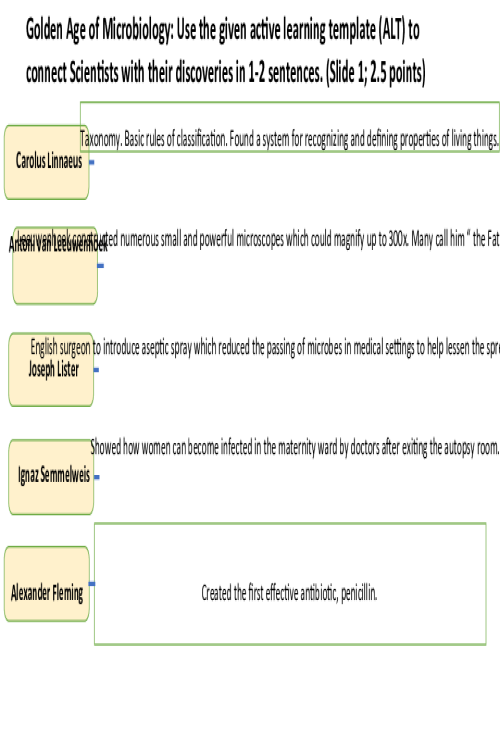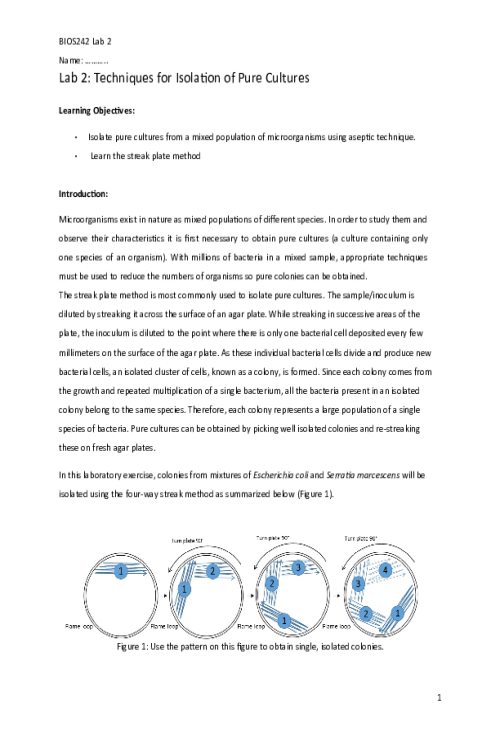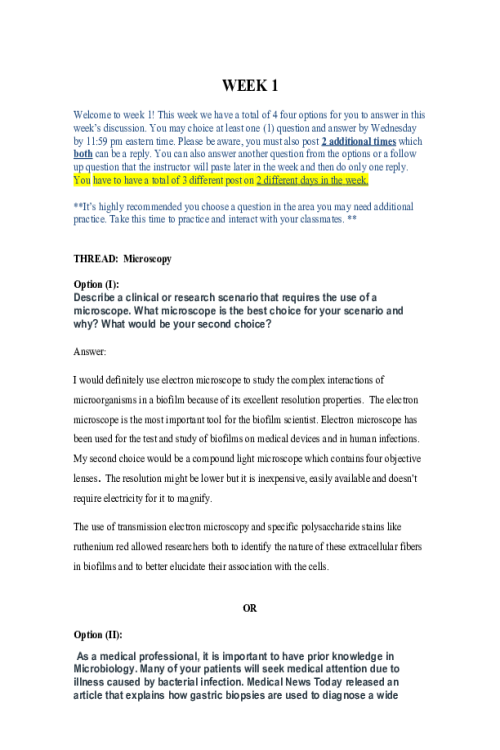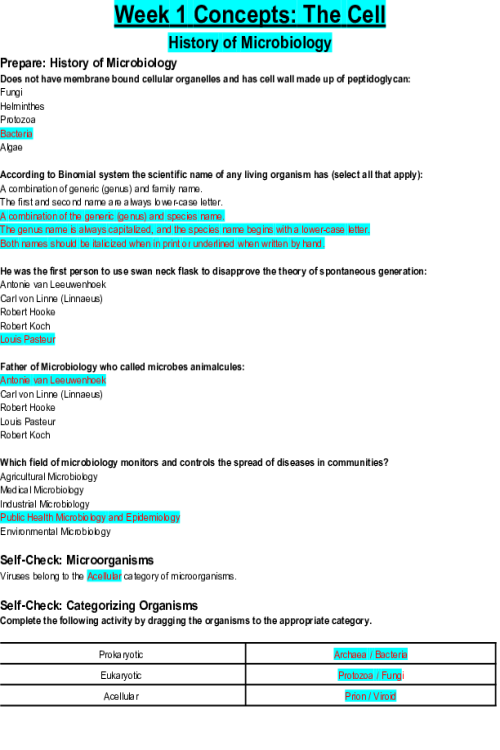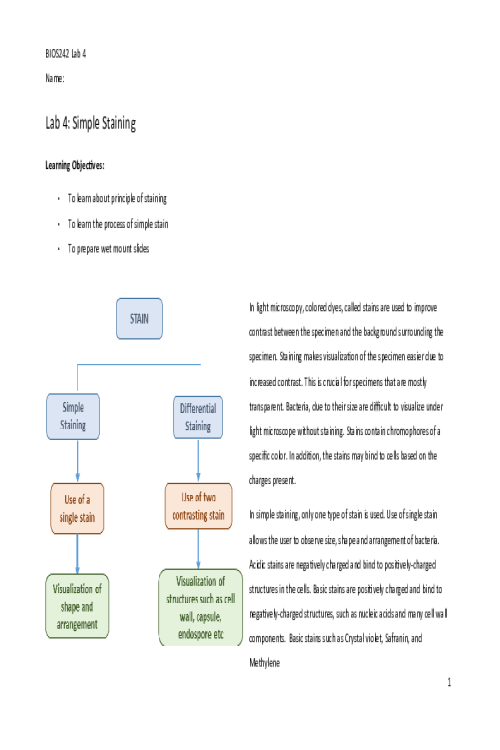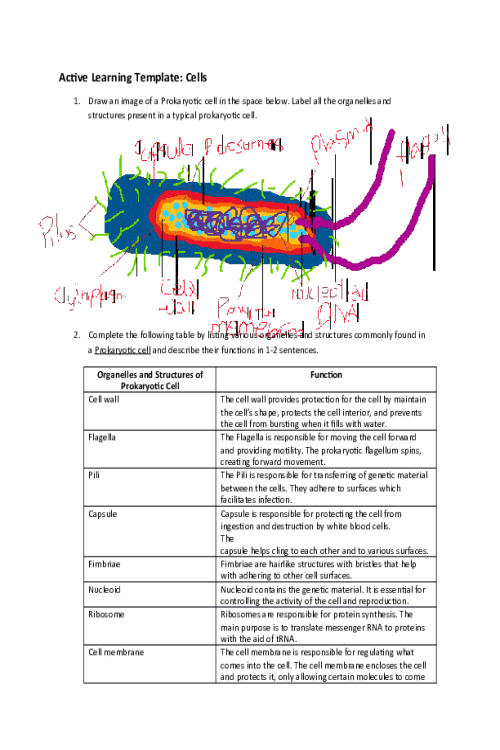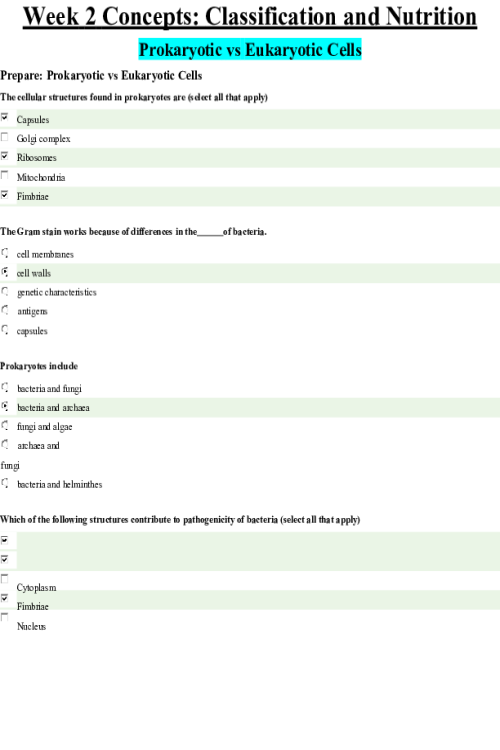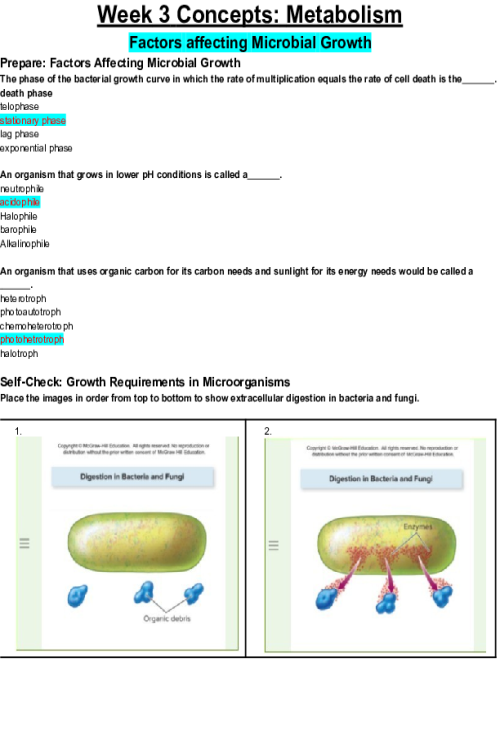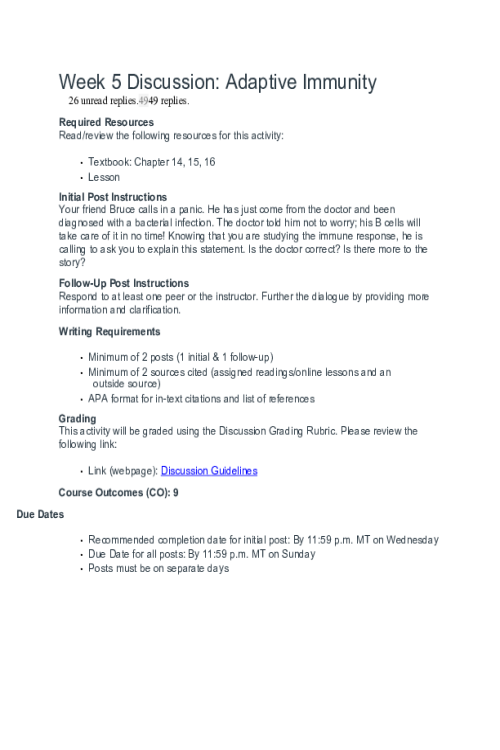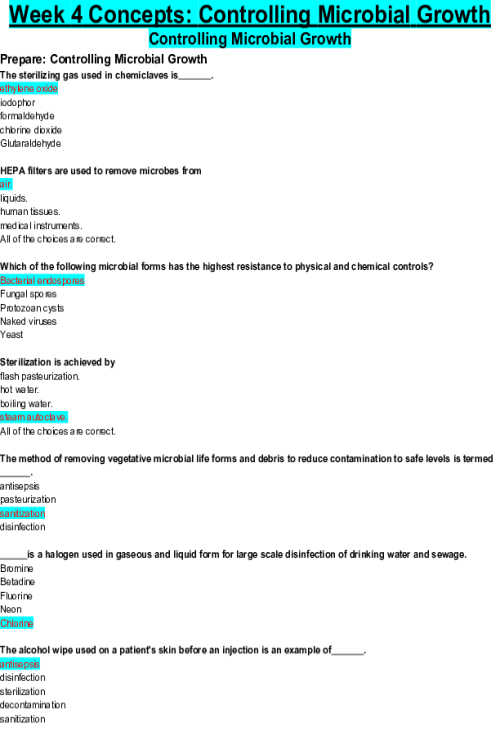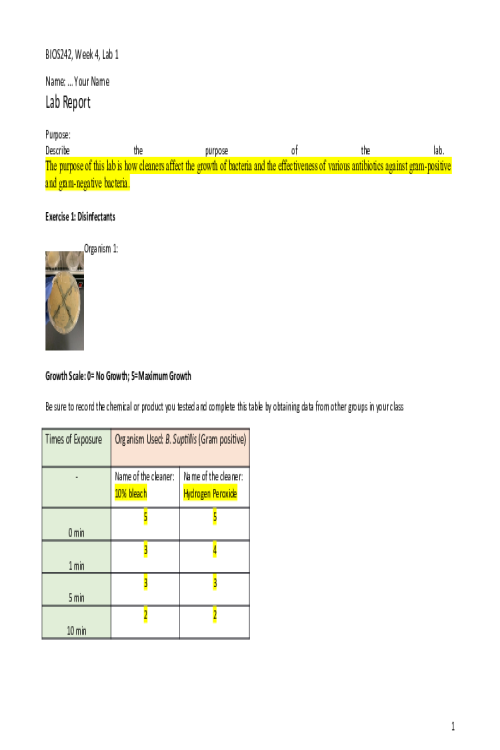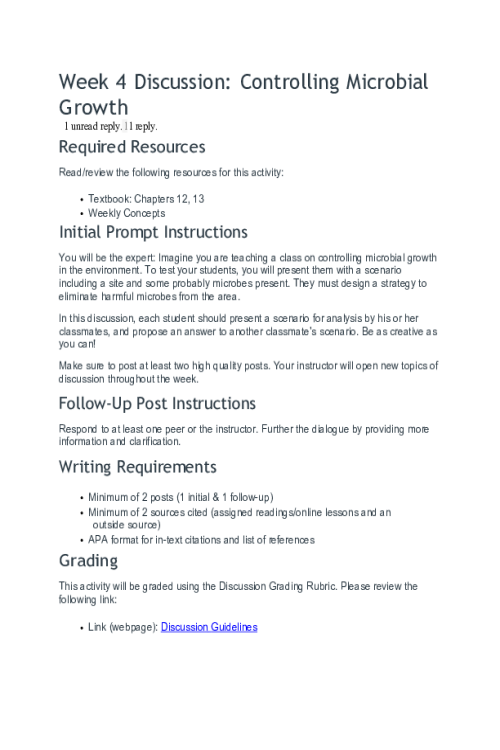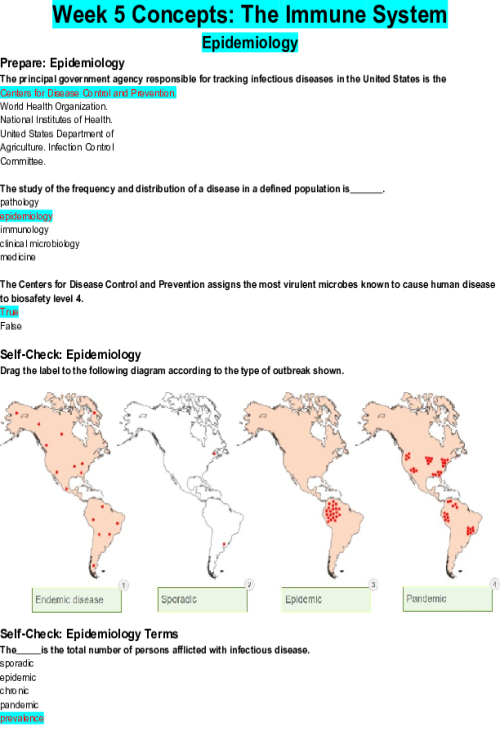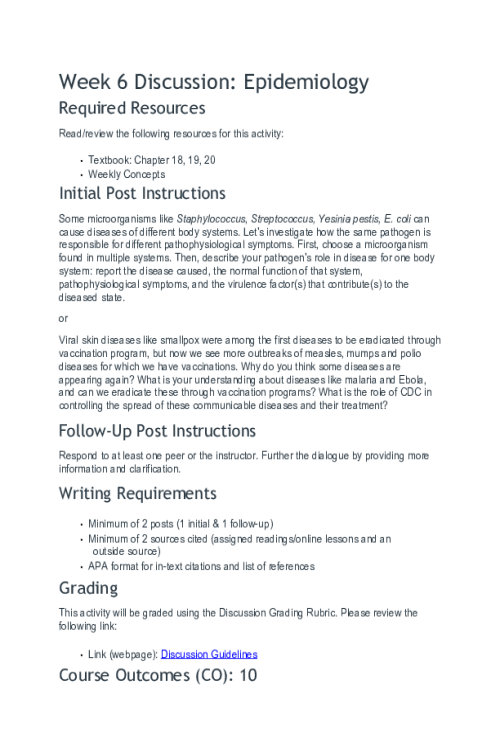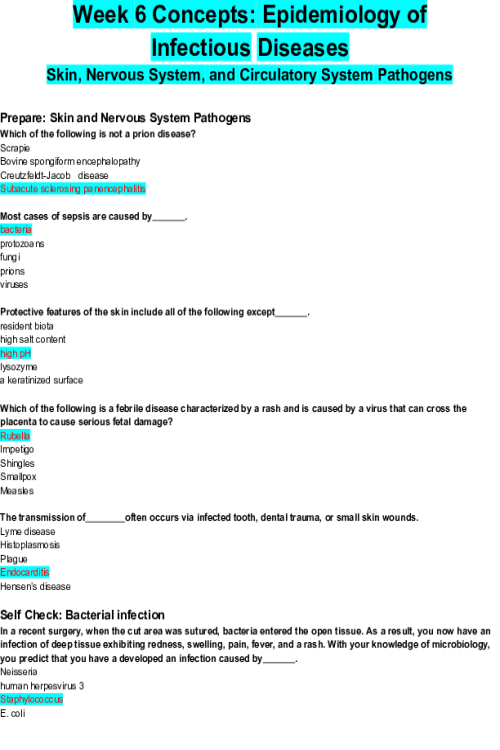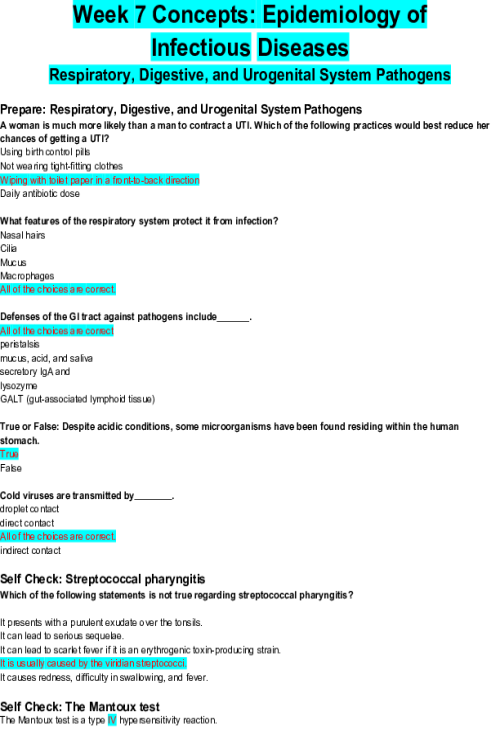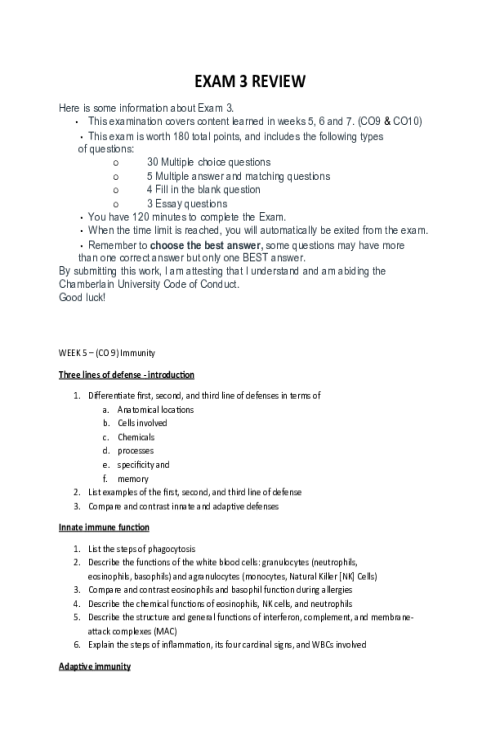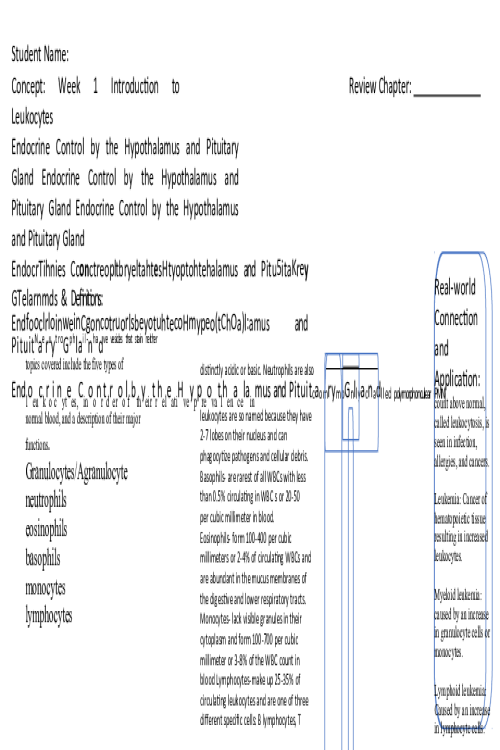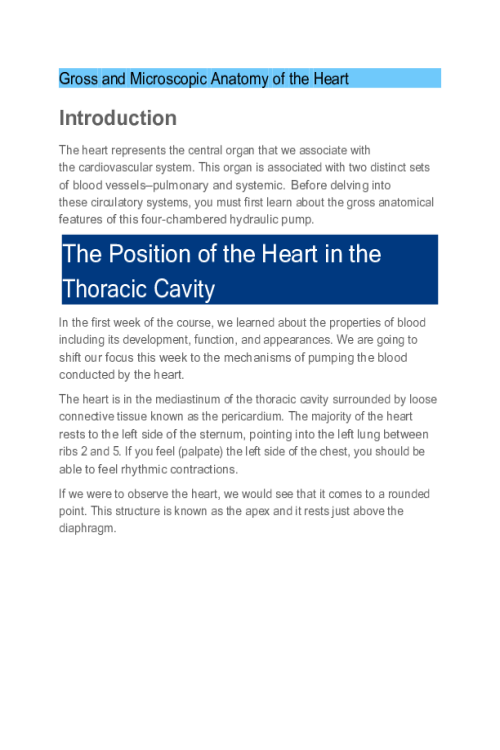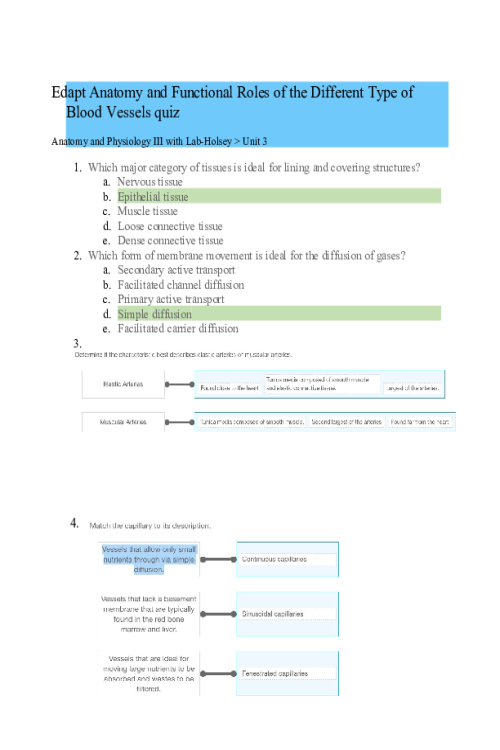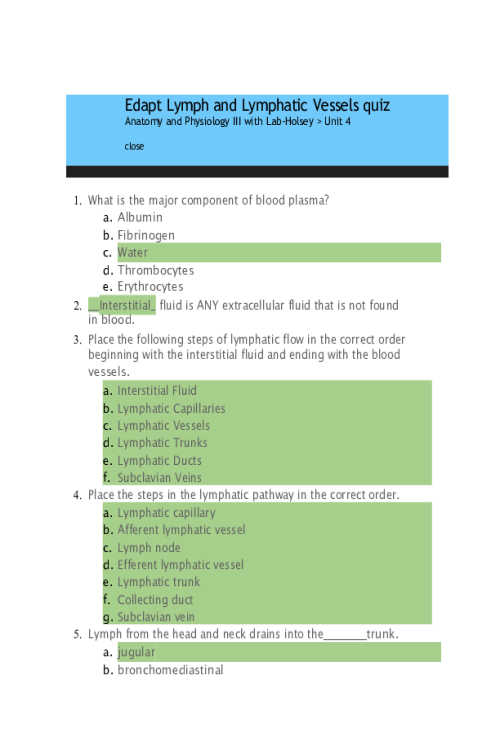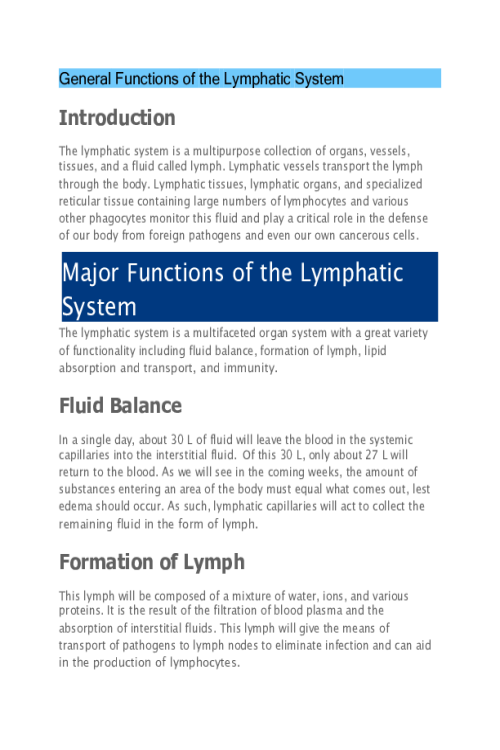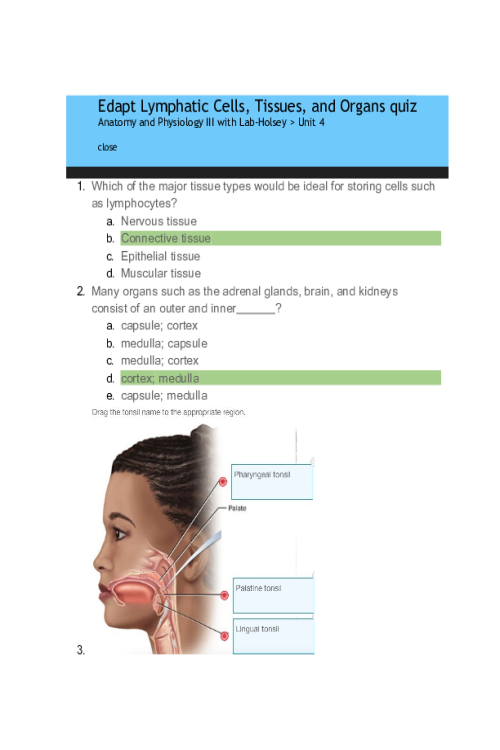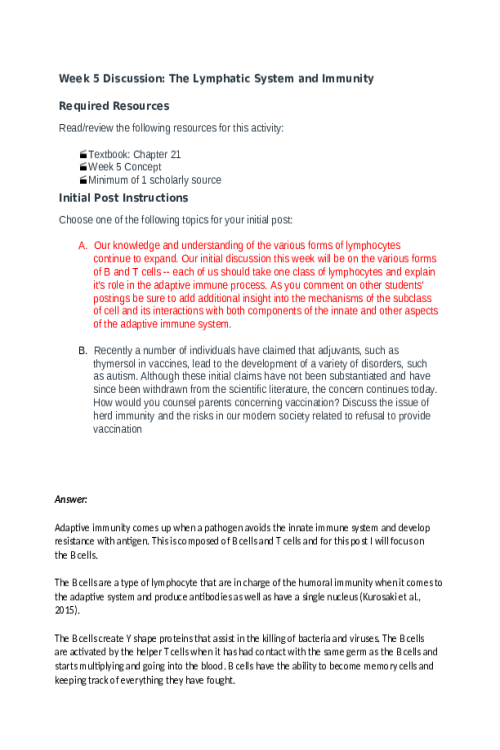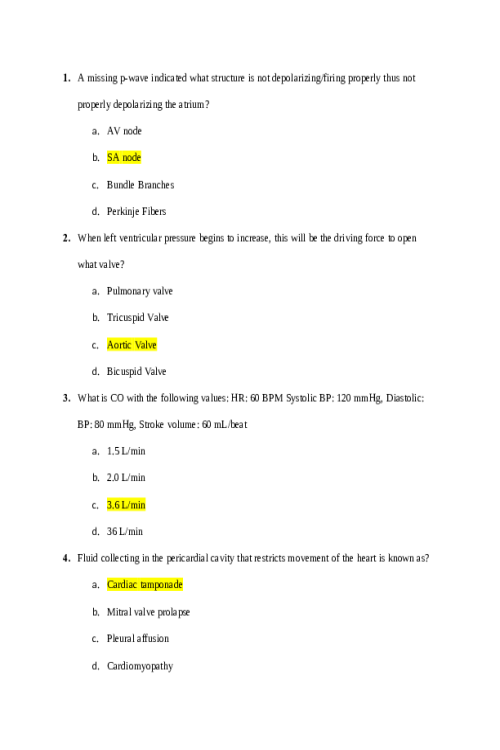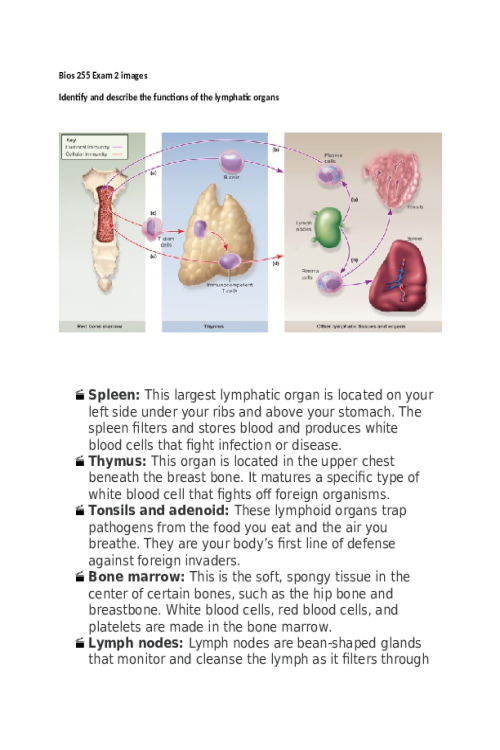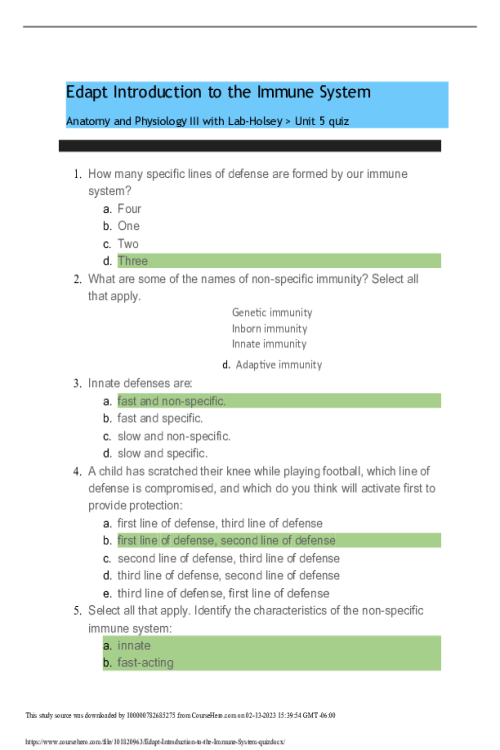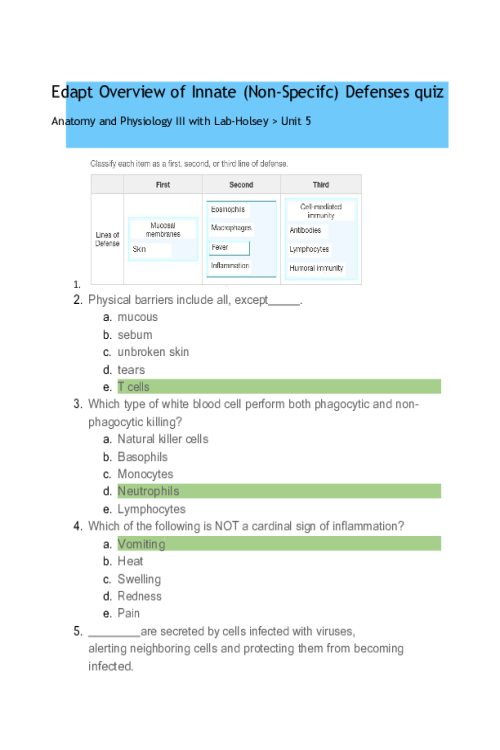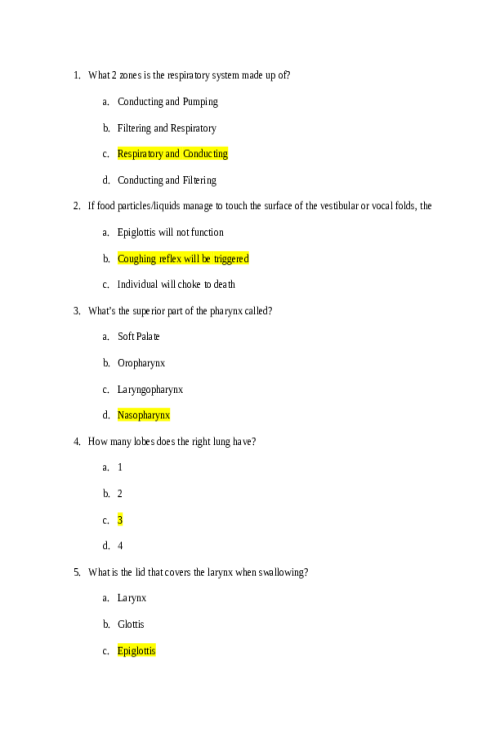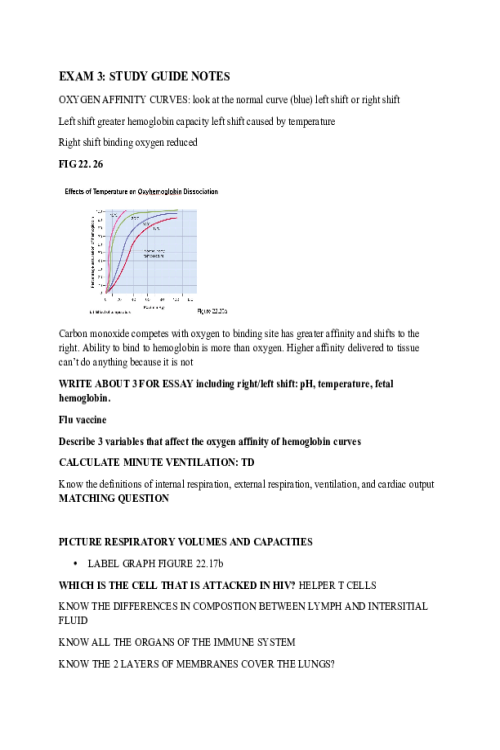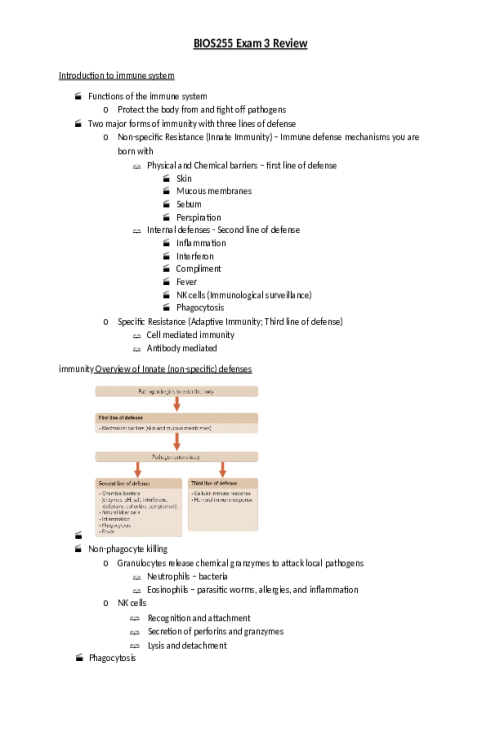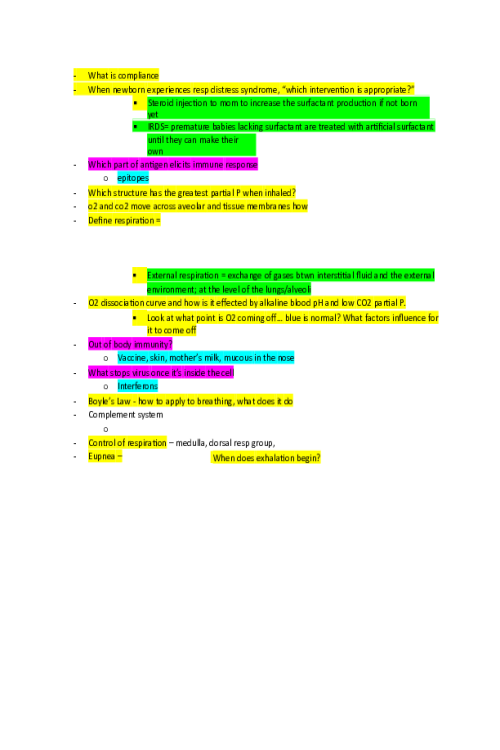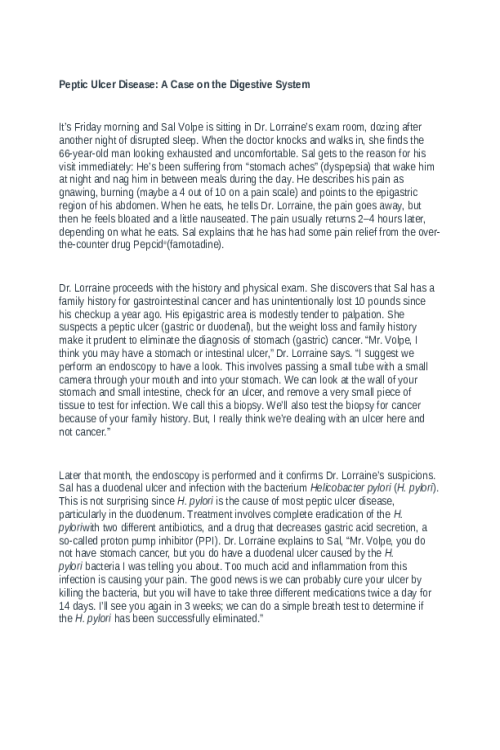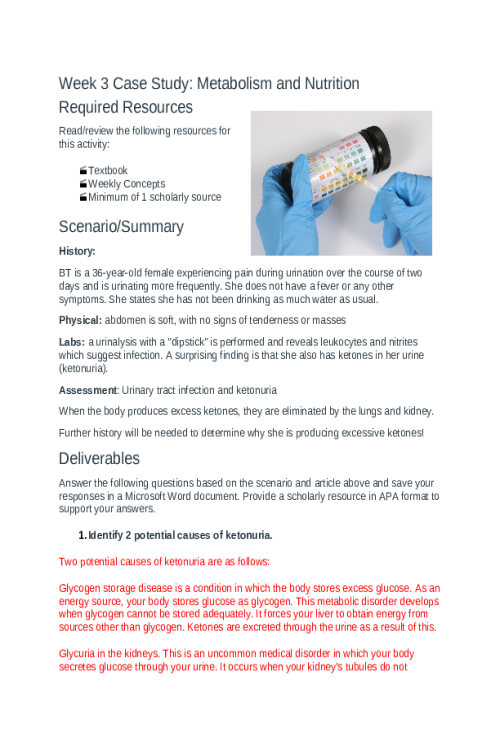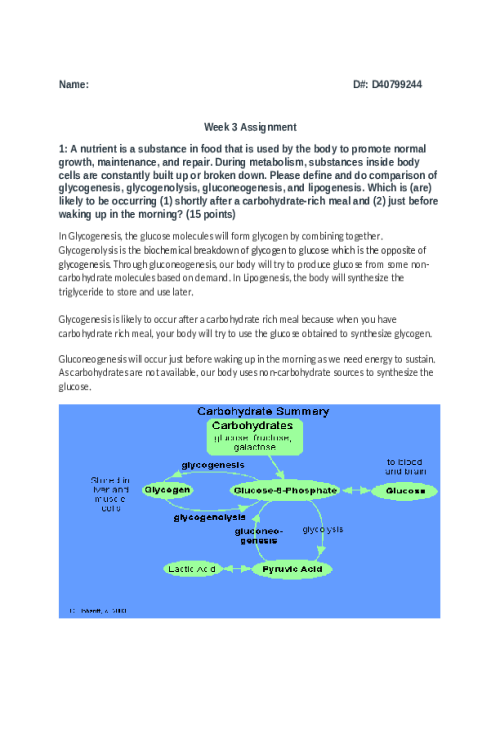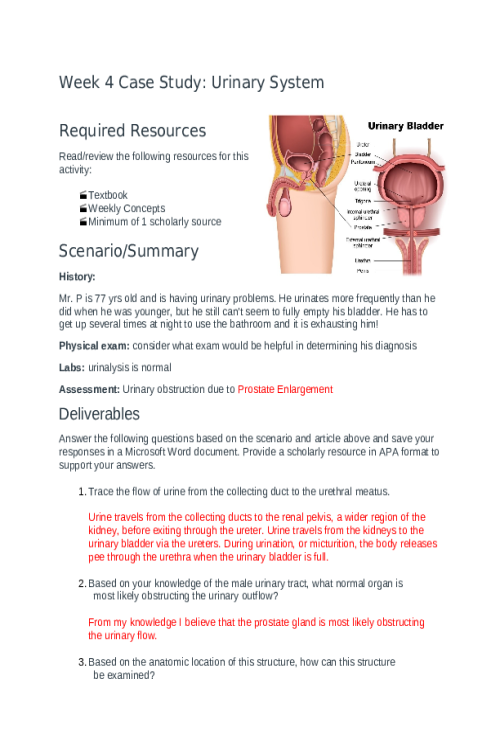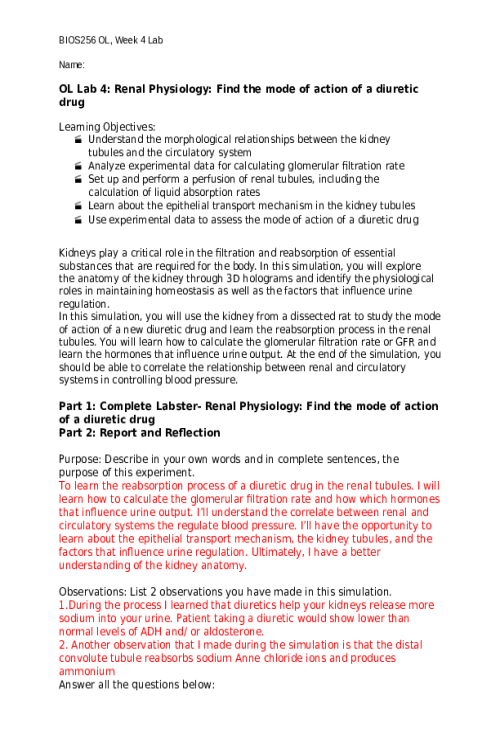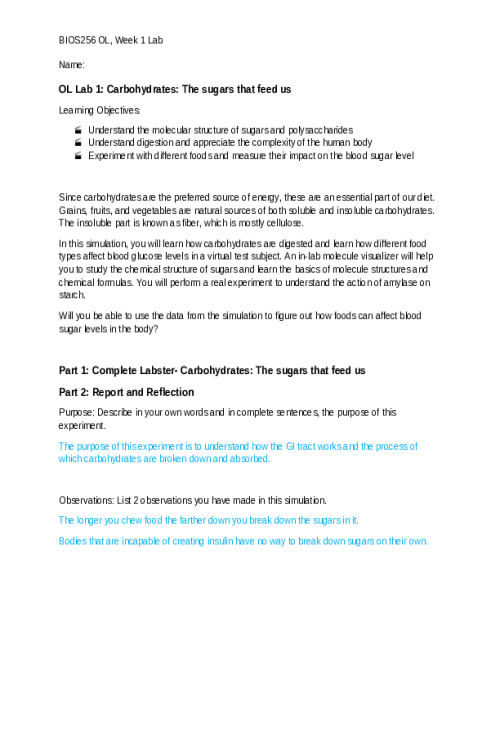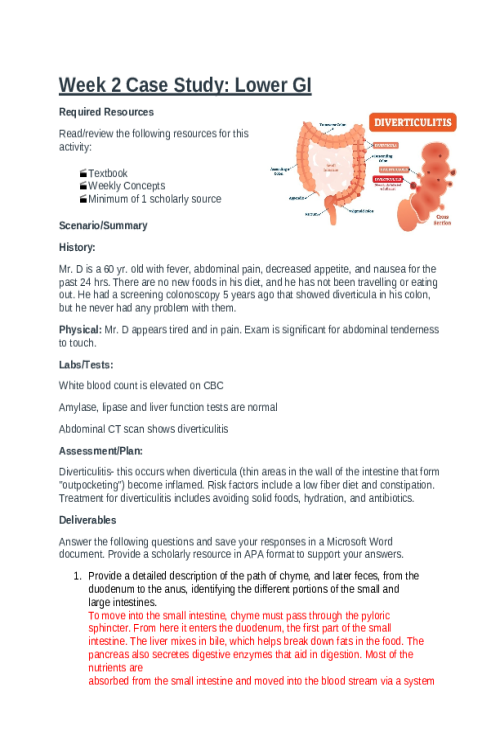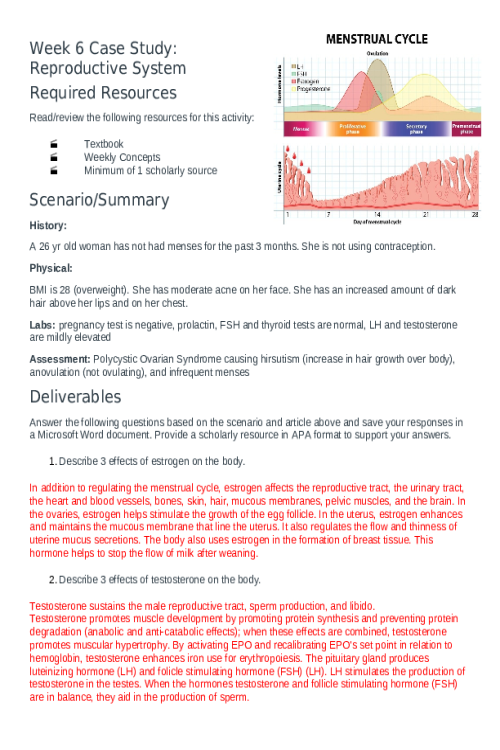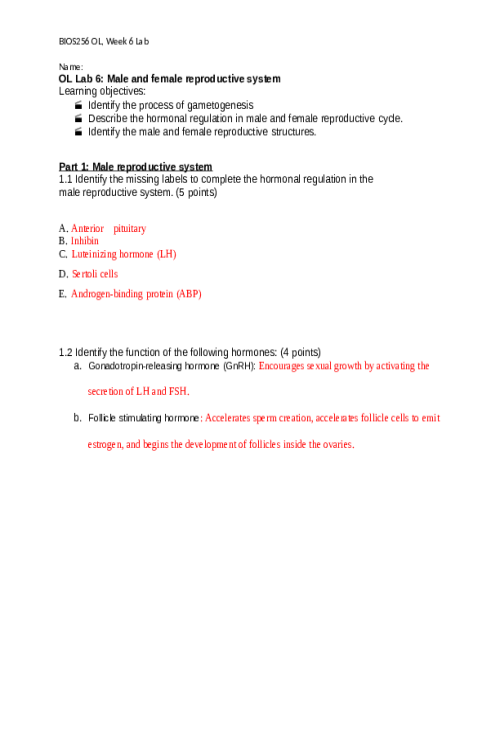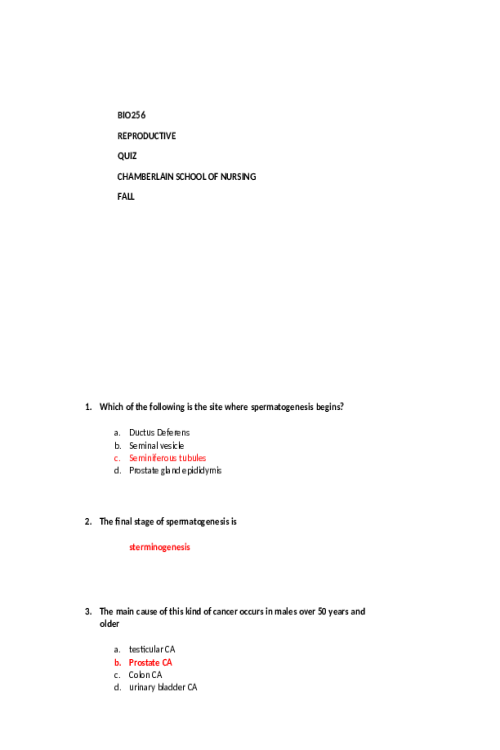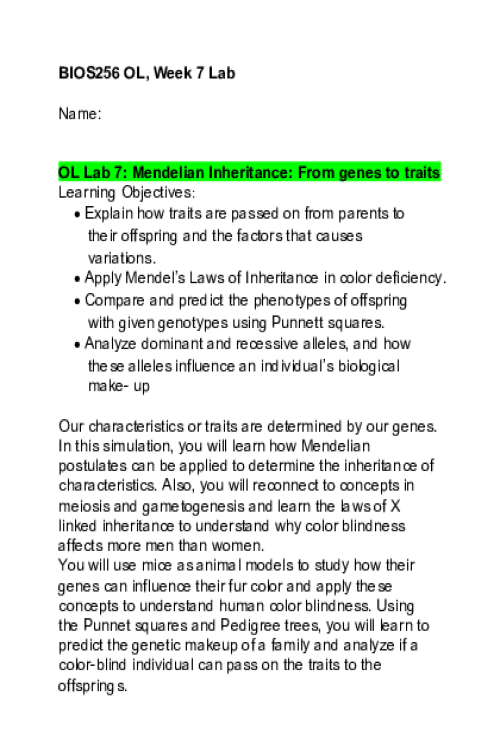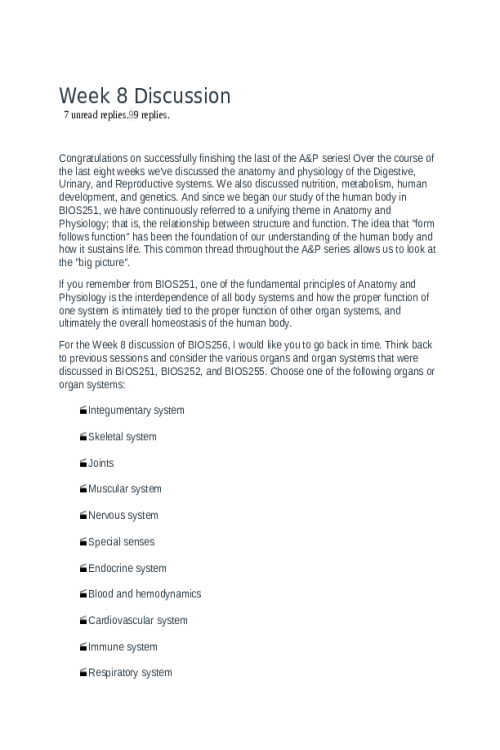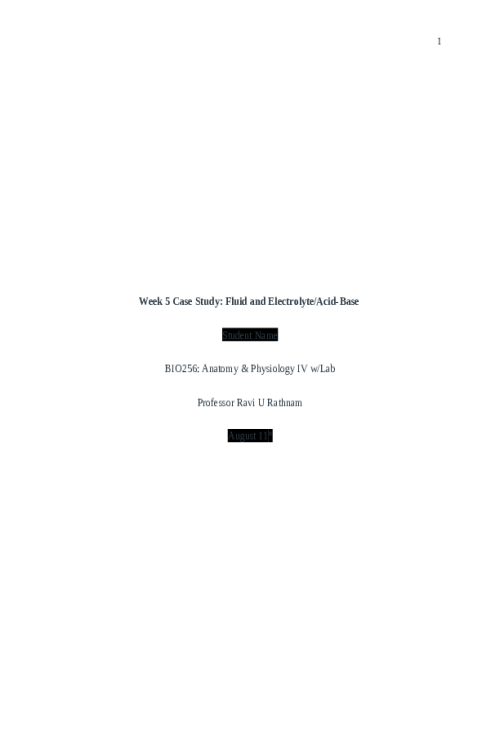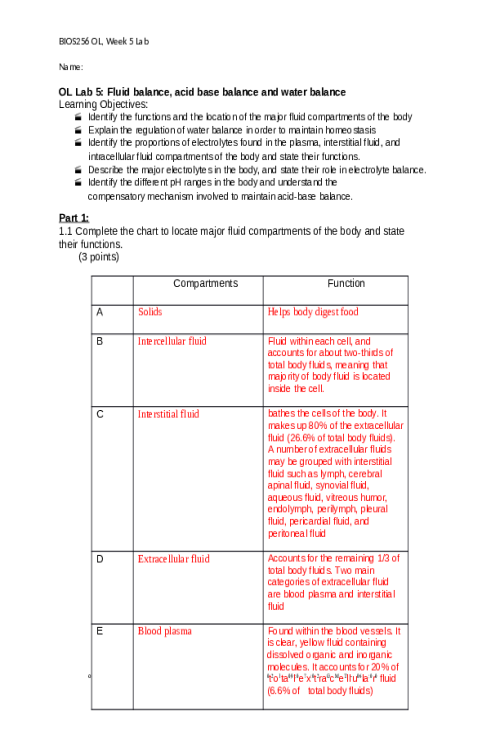BIOS 255 Week 1 Concepts I The Cardiovascular System - Blood
Introduction - General Functions of the Cardiovascular System Introduction In this lesson, you will be learning about blood, its composition, formed elements and plasma, and hematopoiesis. The topics covered in this concept include: Major functions of each component of the cardiovascular system (i.e., blood, heart, blood vessels) General composition of blood (e.g., plasma, formed elements) Composition of blood plasma Major types of plasma proteins Their functions Sites of production Hematopoiesis Locations of hematopoiesis (hemopoiesis) and the significance of the hematopoietic stem cell (HSC or hemocytoblast) Basic process of erythropoiesis Significance of the reticulocyte Regulation through erythropoietin (EPO) Basic process of leukopoiesis and thrombopoiesis Introduction to the Cardiovascular System The circulatory system consists of the heart, blood vessels and blood. The heart and blood vessels form the circulatory system and the study of blood is called hematology. Blood is the liquid connective tissue that supports the cellular needs of nutrition and the elimination of waste. It has three major functions: Transportation: Transports oxygen, carbon dioxide, nutrients (from intestine), hormones, heat, and metabolic wastes. Regulation: Regulates homeostasis of all body fluids, intracellular fluids, pH, and metabolic heat. Protection: Protects against excessive loss by clotting, against infections, cancerous cells by WBCs, and toxins by antibodies. General Characteristics of Blood Blood is more viscous than water with the solutes, nutrients, gases, cells, and proteins dissolved. Table 18.1 Physical Characteristics of Blood Characteristics Normal Values Color Scarlet red (oxygen-rich) to dark red (oxygen-poor) Volume – 5 L (females) – 6 L (males) Viscosity (relative to water) 4.5 – 5.5x (whole blood) Plasma concentration 0.09% Temperature 38ºC (100.4ºF) pH 7.35 – 7.45 It is a warmer fluid with a temperature of 38°C (100.4°F). The color of blood ranges from bright red, when it is oxygenated, to dark red in a deoxygenated form. The normal blood volume range for men is between 5-6L and for women it is between 4-5L. The normal pH of blood has a range between 7.35–7.45. A number of buffer systems help regulate pH levels. The General Composition of Blood Blood is the liquid connective tissue with Plasma, a clear yellow fluid as matrix that makes about 55% of the blood volume Formed elements (membrane-enclosed bodies) that include platelets (thrombocytes), white blood cells (leukocytes) and red blood cells (erythrocytes). These components can be separated by a process called fractionation which uses centrifugation of the blood sample. After centrifugation (fig 18.2) erythrocytes settle at the bottom of the tube, their packed volume when compared to total blood is called hematocrit or packed cell volume (37-52%). 914400848300Platelets and leukocytes constitute around 1% of the total blood volume and form a buffy coat between the denser erythrocytes at the bottom of tube and the clear, light-yellowish plasma (47-63%) on top. Composition of Plasma The largest portion of whole blood is the plasma. A variety of substances may be found in the plasma, including proteins, metabolic wastes, nutrients, respiratory gases, electrolytes, and hormones. All of the substances contained in the plasma are of significance; however, plasma proteins exert the greatest effect on the physical characteristics of whole blood and many are synthesized by the liver. The major plasma proteins in blood include albumin, globulins, and fibrinogen. Albumin Albumin makes up 60% of the plasma protein and is essential for maintaining osmotic balance between the blood and the tissues. Hypoalbuminemia is a decrease in the plasma albumin concentration and results in hypoosmotic blood, causing the net movement of water out of the vascular space and accumulation in the interstitial spaces. This is known as edema. Disruption of kidney function can result in albuminuria (the loss of albumin in the urine). Liver failure and severe burns often lead to hypoalbuminemia, resulting in edema and reduced blood viscosity. Children suffering from dietary protein deficiencies exhibit kwashiorkor, characterized by thin appendages (due to lack of protein) and a swollen abdomen (due to ascites). Globulins Globulins make up 36% of plasma proteins and have three types. From smallest to largest they are alpha, beta and gamma globulins. Alpha globulins transport hemoglobin from dead RBCs, lipids, fat-soluble vitamins, and hormones. Beta globulins also transport lipids along with iron. Some of the beta globulins also form complementary proteins that play an important role in second line of defense in our immune system. Gamma globulins are antibodies secreted by B lymphocytes in the adaptive immune response that destroy pathogenic microorganisms such as bacteria, viruses, fungi, and parasites. Fibrinogen If plasma is separated, it will coagulate due to the presence of the clotting protein, fibrin (which comes from the precursor fibrinogen; "-ogen" means it is a precursor). The clear portion that separates above it is called serum. Fibrin has the ability to stop the flow of blood from damaged blood vessels. This process, called hemostasis (discussed later), uses other plasma proteins/enzymes and ends with the conversion of soluble fibrinogen into fibrin. Fibrinogen, which makes up about 4% of all plasma proteins, impacts the viscosity of blood and may lead to increased blood pressure if elevated. The liver produces 4gm of plasma protein/ hour. Disruption in function of this organ, in diseases like cancer and hepatitis infection, results in the disruption of the clotting process. Table 18.3 Major Proteins of the Blood Plasma Proteins Functions Albumin (60%)* Responsible for colloid osmotic pressure; major contributor to blood viscosity; transports lipids, hormones, calcium, and other solutes; buffers blood pH. Globulins (36%)* Transport and defense functions as itemized below. Alpha (α) Globulin Haptoglobulin Transports hemoglobin released by dead erythrocytes. Ceruloplasmin Transports copper. Prothrombin Promotes blood clotting. Others Transport lipids, fat-soluble vitamins, and hormones. Beta (β) Globulins Transferrin Transports iron. Complement proteins Aid in destruction of toxins and microorganisms. Others Transport lipids. Gamma (γ) Globulins (Antibodies; combat pathogens) Fibrinogen (4%)* Becomes fibrin, the major component of blood clots. *Mean percentage of the total plasma protein by weight. Hematopoiesis (Production of Formed Elements) An adult typically produces 400 billion platelets, 200 billion RBCs and 10 billion WBCs each day by a process called hematopoiesis that occurs in red bone marrow scattered throughout the body (sternum, ribs and coxal/hip bones). All formed elements originate from a common multipotent cell called hemocytoblast or hematopoietic stem cell (HSC) or pluripotent stem cells (PPSCs). Some of the HSCs specialize to form myeloid stem cells (that can mature to form RBCs, platelets and some WBCs, like granulocytes and monocytes). Other HSCs form lymphoid stem cells that mature to form the three types of lymphocytes in blood. 914400847030Hematopoiesis is regulated through the secretion of several hematopoietic growth factors. These hematopoietic growth factors stimulate differentiation and proliferation of the various blood cells. Erythropoiesis Hematopoiesis specifically involving erythrocyte formation is called erythropoiesis and takes 3 to 5 days. Erythropoiesis is stimulated by the secretion of the hormone erythropoietin (EPO) from the kidneys and liver. Under the influence of this hormone, the myeloid stem cells form progenitor cells called colony forming units (CFU) or Erythrocyte CFU (ECFU) which then mature to form erythroblasts. These multiply and synthesize hemoglobin and once the task is complete, the nucleus is expelled from these cells to from reticulocytes. The name signifies the temporary network of reticulum of ribosomes and are released from bone marrow. 0.5-1.5% of circulating RBCs are reticulocytes. Blood loss can increase the release of later from bone marrow into the circulation. Hematopoiesis (Production of Formed Elements), cont. Differentiation and
Related Products
BIOS 242 Week 1 Assignment; Lab 1 of 14 Onsite - Culture Transfer Techniques
Contributor: Matthew Lillard
$10.00
BIOS 242 Week 1 Assignment; Lab 2 of 14 Onsite - Isolation of Pure Cultures
Contributor: Matthew Lillard
$10.00
BIOS 242 Week 2 Assignment; Lab 3 of 14 Onsite; Microscopy Observation of Cells
Contributor: Matthew Lillard
$10.00
BIOS 242 Week 2 Discussion; Characteristics of Prokaryotes and Eukaryotes Cells
Contributor: Matthew Lillard
$10.00
BIOS 242 Week 2 Assignment; Concepts; Classification and Nutrition
Contributor: Matthew Lillard
$10.00
BIOS 242 Week 3 Assignment; Lab 6 of 14 Onsite; Carbohydrate Fermentation
Contributor: Matthew Lillard
$10.00
BIOS 242 Week 3 Discussion; Culturing Microorganisms - Halobacterium noricense
Contributor: Matthew Lillard
$10.00
BIOS 242 Week 3 EXAM 1. Chapters 1, 3, 4, 5, 6, 9 - Multiple Choice Review Questions
Contributor: Matthew Lillard
$10.00
BIOS 242 Week 3 Assignment; Lab 5 of 14 Onsite; Differential Staining
Contributor: Matthew Lillard
$10.00
BIOS 242 Week 5 Assignment; Lab 10 of 14 Onsite; How Germs Spread..
Contributor: Matthew Lillard
$10.00
BIOS 242 Week 5 Assignment; Lab 9 of 14 Onsite; Food Safety.docx
Contributor: Matthew Lillard
$10.00
BIOS 242 Week 4 Assignment; Concepts; Controlling Microbial Growth
Contributor: Matthew Lillard
$10.00
BIOS 242 Week 4 Assignment; Lab 7 of 14 Onsite; Disinfectants and Antibiotics
Contributor: Matthew Lillard
$10.00
BIOS 242 Week 4 Assignment; Lab 8 of 14 Onsite; Fomite Transmission
Contributor: Matthew Lillard
$10.00
BIOS 242 Week 6 Assignment; Pick Your Pathogen - Clostridium Perfringens
Contributor: Matthew Lillard
$10.00
BIOS 242 Week 6 Assignment; Concepts; Epidemiology of Infectious Diseases
Contributor: Matthew Lillard
$10.00
BIOS 242 Week 6 Assignment; Lab 11 0f 14 Onsite; Bacteria of the skin
Contributor: Matthew Lillard
$10.00
BIOS 242 Week 6 Assignment; Lab 12 0f 14 Onsite; Bacteria of Respiratory System
Contributor: Matthew Lillard
$10.00
BIOS 242 Week 7 Assignment; Lab 14 of 14 Onsite; Unknown Bacteria
Contributor: Matthew Lillard
$10.00
BIOS 242 Week 8 EXAM 3 Review. Chapters 14-23 (Excluding 16, 17)
Contributor: Matthew Lillard
$10.00
BIOS 242 Week 7 Assignment; Lab 13 of 14 Onsite; Bacteria of Digestive System
Contributor: Matthew Lillard
$10.00
BIOS 255 Week 1 Virtual Lab; Hematology Part I, Part II, Part III
Contributor: Chandler Hallow
$10.00
BIOS 255 Week 2 Virtual Lab; Cardiovascular Function during Exercise Part 1, Part II, Part III
Contributor: Chandler Hallow
$10.00
BIOS 255 Week 3 Concepts I The Cardiovascular System- Blood Vessels (Quiz)
Contributor: Matthew Lillard
$10.00
BIOS 255 Week 4 Assignment; Case Study I Natural Killer Cell Deficiency
Contributor: Matthew Lillard
$10.00
BIOS 255 Week 4 Concepts; The Lymphatic System (Edapt Lymph, Lymphatic Vessels Quiz)
Contributor: Matthew Lillard
$10.00
BIOS 255 Week 4 Concepts; The Lymphatic System (Edapt Lymphatic Cells, Tissues, Organs Quiz)
Contributor: Matthew Lillard
$10.00
BIOS 255 Week 5 Discussion; The Lymphatic System and Immunity; Option A
Contributor: Matthew Lillard
$10.00
BIOS 255 Week 5 Virtual Lab; Introduction to Immunology Part I, Part II
Contributor: Matthew Lillard
$10.00
BIOS 255 Week 5 Assignment; Case Study I Hypersensitivity Reactions
Contributor: Matthew Lillard
$10.00
BIOS 255 Week 5 Concepts; The Immune System (Edapt Immune System Quiz)
Contributor: Matthew Lillard
$10.00
BIOS 255 Week 5 Concepts; The Immune System (Edapt Innate Defenses Quiz)
Contributor: Matthew Lillard
$10.00
BIOS 256 Week 2 Discussion; Peptic Ulcer Disease; A Case on the Digestive System.
Contributor: Daniel Sturridge
$10.00
BIOS 256 Week 2 OL Lab 2; Intestinal Glucose Transport; Study a mouse intestine model todiagnose an infant
Contributor: Daniel Sturridge
$20.00
BIOS 256 Week 3 Discussion; Glycogenesis, glycogenolysis, gluconeogenesis, and lipogenesis
Contributor: Daniel Sturridge
$10.00
BIOS 256 Week 3 OL Lab 3; Cellular Respiration; Measuring energy consumption during exercise
Contributor: Daniel Sturridge
$20.00
BIOS 256 Week 4 OL Lab 4; Renal Physiology; Find the mode of action of a diuretic drug
Contributor: Daniel Sturridge
$20.00
BIOS 256 Week 1 OL Lab 1; Carbohydrates The sugars that feed us
Contributor: Daniel Sturridge
$20.00
BIOS 256 Week 2 Discussion; Peptic Ulcer Disease; A Case on the Digestive System..
Contributor: Daniel Sturridge
$10.00
BIOS 256 Week 6 Discussion; male and female reproductive systems
Contributor: Daniel Sturridge
$10.00
BIOS 256 Week 7 OL Lab 7; Mendelian Inheritance From genes to traits
Contributor: Daniel Sturridge
$20.00
BIOS 256 Week 5 Discussion; Fluid balance, electrolyte balance, and acid-base balance
Contributor: Daniel Sturridge
$10.00
BIOS 256 Week 5 OL Lab 5; Fluid balance, acid base balance and water balance
Contributor: Daniel Sturridge
$20.00
